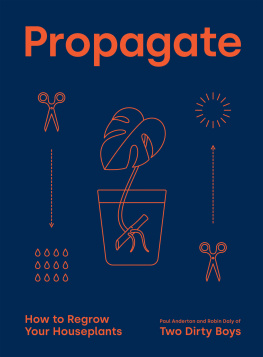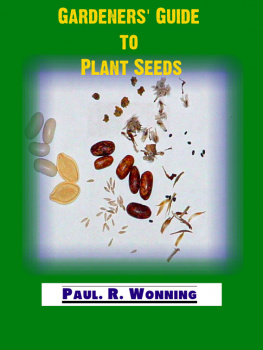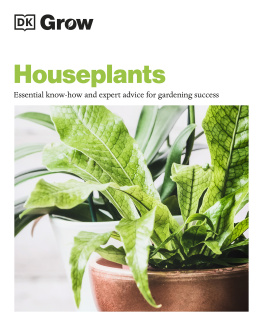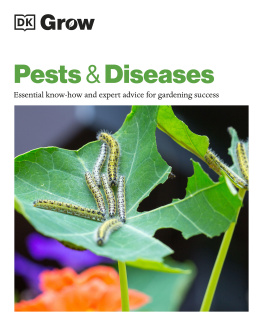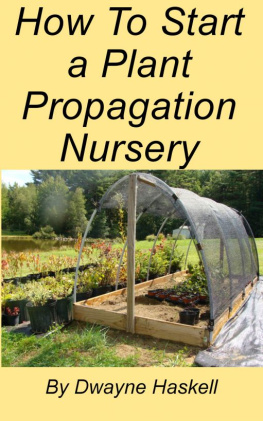Contents
Guide
Page List
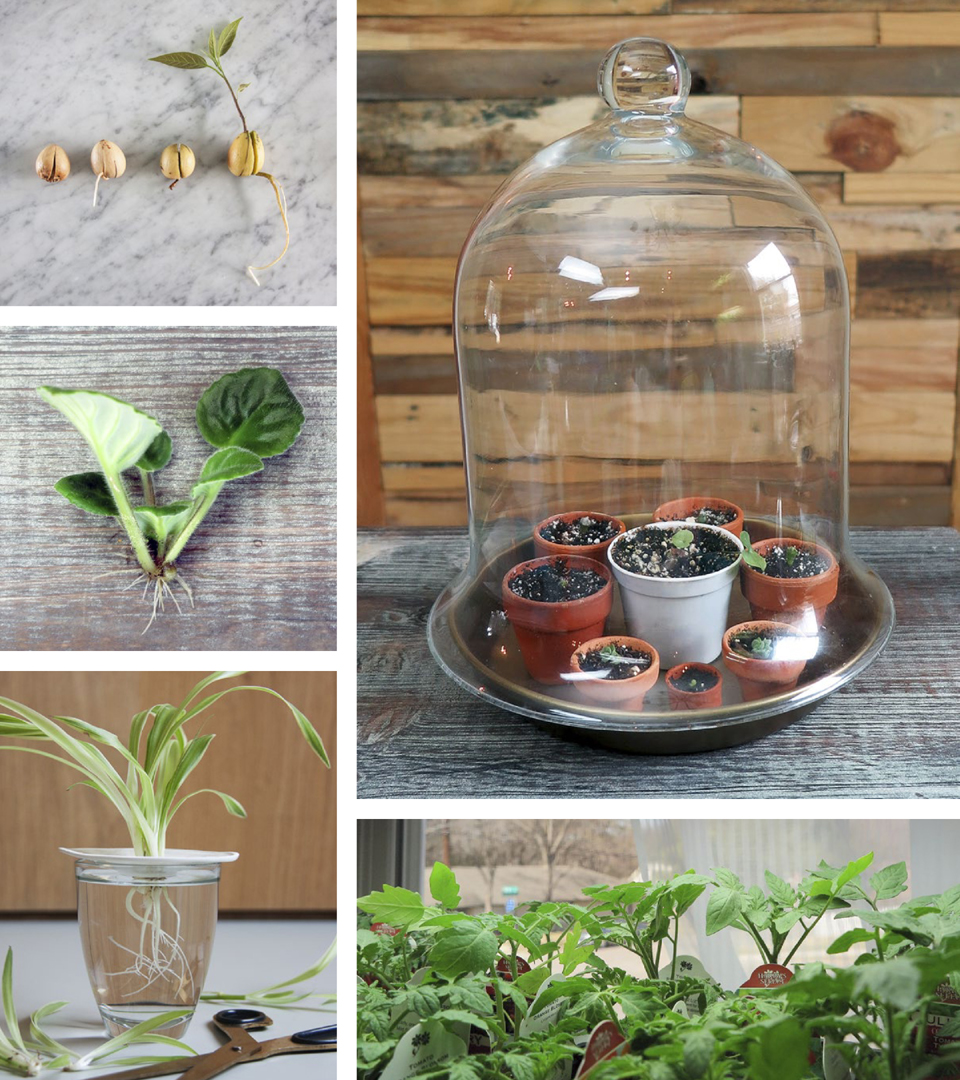
Plant Parenting
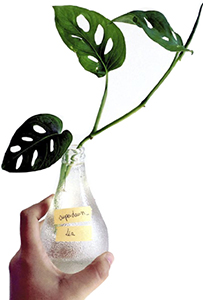
Easy Ways
to Make More
Houseplants,
Vegetables,
and Flowers
Leslie F. Halleck

Contents
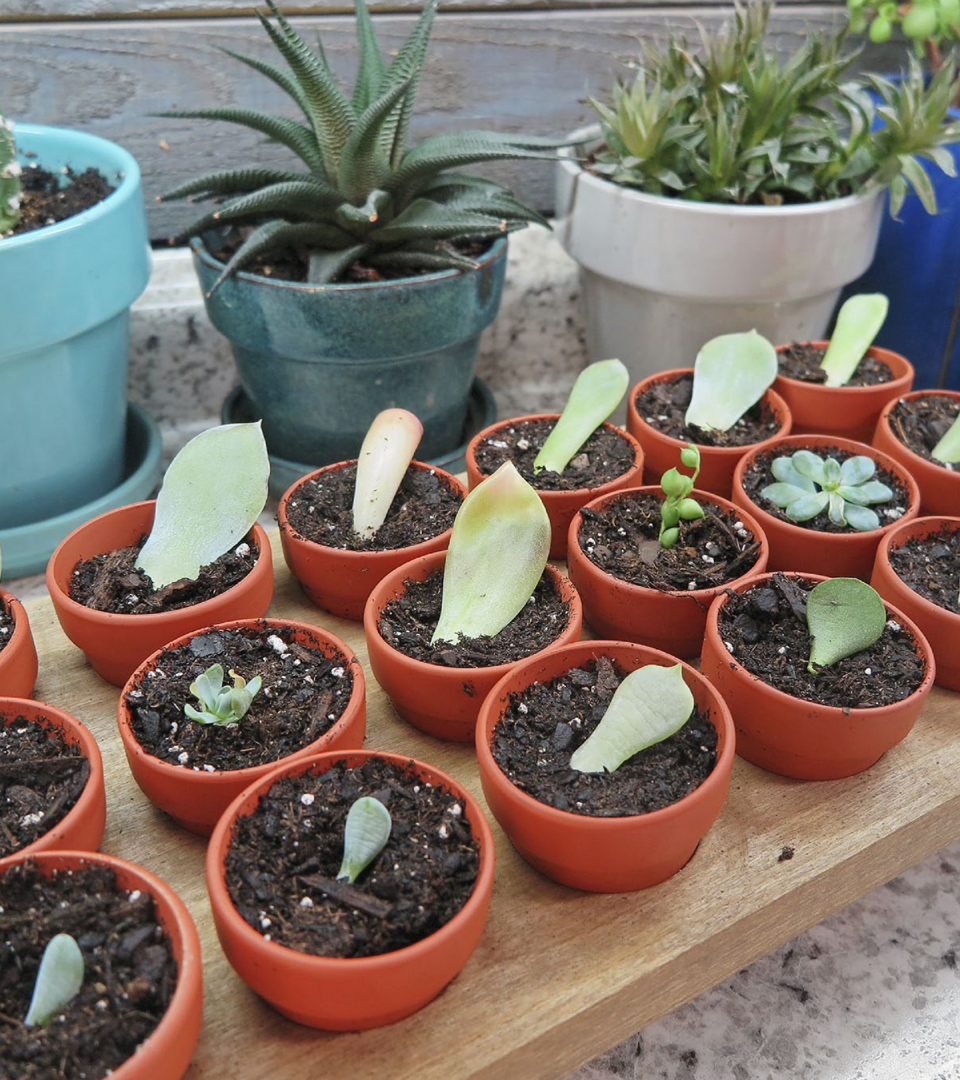
Cured succulent leaf cuttings rooting into mini terra cotta pots. Too cute!
Introduction
H ave you caught the plant-keeping or gardening bug? If so, you might find yourself thinking a lot about how to make more of the plants you love. The spirit of nurturing ownership, thoughtful collecting, and creative display is in full bloom in the plant world. Houseplants, both old and new, are hot again with homeowners, among apartment and dorm dwellers, and at the office. Succulents, orchids, and unusual foliage plants fill the feeds of millions of social media users. Indoor and outdoor edible and ornamental gardening is gaining momentum, especially in tight, urban environments.
For amateur plant enthusiasts and professional horticulturists alikemyself includedcaring for houseplants and starting seeds are often gateways to a full-fledged gardening addiction. This is a good thing. I still fondly remember getting my first houseplant as a gift when I was about seven years old: a birds nest fern in a yellow pot. Keeping and caring for that one indoor plant sparked a lifelong interest in plants and a desire to make more of them any way I could. By college, Id multiplied my indoor plant collection to the point where one could barely see out of the windows of the house I rented. It was my way of living with nature, indoors.
More than simply looking for ways to bring nature indoors or grow your own food, you might also want to collect and nurture plants, as well as connect with other plant keepers. As your plant addiction grows, so does your desire to cultivate, on your own, more of the plants you love instead of buying them already finished. Propagating your own plants is also a great way to stretch your plant buying and gardening budget.
If youre a new plant enthusiast, a young gardener, or an indoor and outdoor plant keeper who has never propagated your own plants before, this book will help you learn the basics of plant propagation. If youre a gardener who wants to grow your own edible and ornamental starts, expand your indoor plant collections, or even propagate your own citrus and fruit trees, I will teach you how. If youre a city dweller or balcony gardener who doesnt have yard space, or you need an introduction to propagation to stretch your plant-buying budget, youve also come to the right place.
This book will introduce you to the essential tools you need to start your plant propagation quest and demystify the art of basic seed and vegetative propagation techniques with easy-to-follow instructions. Ive chosen to highlight certain plants that are easily accessible and make good examples for introductory propagation techniques. You can then take these techniques and apply them to many other plants of your choosing.
If youre new to plant collecting and propagation, you might be afraid youll kill your seedlings or cuttings. Dont worry: you will. First-time failures can make you reluctant to try again. Fear of killing plants may even stop you before you get started, so dont let green guilt get the best of you. Killing a few plants, or even a lot of them, is ultimately how you learn to grow them successfully. Keep trying until you find the right recipe for success. Green thumbs are earned, not born.
Now that youve picked up this book, youre on your way to becoming a full-fledged plant parent! Welcome to the club.
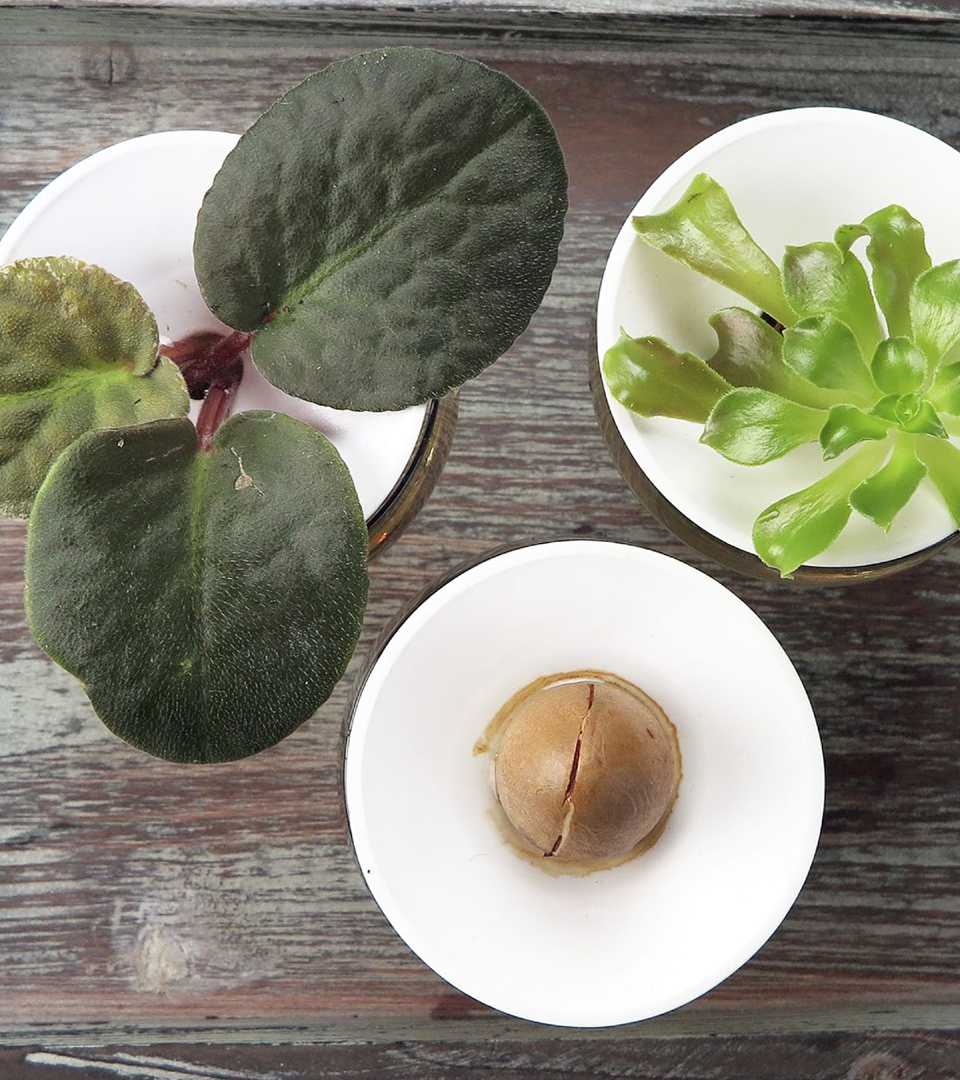
Plants use a variety of reproductive strategies. African violet (Saintpaulia spp.) leaf-petiole cuttings, aeonium stem-tip cutting, and an avocado seed, each rooting in water.
How Plants
Multiply
Understanding Basic Plant Reproduction, Propagation, and Names

Starting seeds is an inexpensive way to make a lot more of the plants you love.
R eady to multiply your plant collection? Im sure youre eager to begin propagating a long list of your favorite or hard-to-find plantsor get those tomato seedlings started. First, lets do a quick overview of how different plants multiply. The method you use at home to make more of the plants you love will depend on the type of plant you want to propagate and how it grows and flowers. Not all plants can be propagated the same way or under the same growing conditions. If youve struggled to get your succulents to root before they rot or cant seem to get your lettuce seed to germinate, were going to get you on the right track.
Depending on the type of plants and their natural environment, plants typically fall into two propagation groups: seeds and vegetative cuttings (also called clones). Some plants are more easily propagated by seed and others by cuttings. Some plants are easily propagated using both methods. Most first-time plant propagators begin with seed starting and water rooting, and then move on to more varied types of plant cloning techniques.
Many plants have seeds that are very easy to germinate, while others can be downright stubborn. Some plants will root almost overnight in just water, while others may quickly rot. Non-flowering plants, such as ferns, do not make seeds at all; rather, they multiply by spreading spores, and can also be propagated vegetatively. The trick is to start with the right plants and the right methods, so you can quickly learn the ropes and have early success. Then, once you feel more confident, you can graduate to propagating more plants.
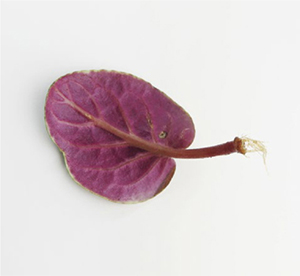
The cells of this African violet leaf petiole can grow new root and shoot tissue, creating an entirely new plant. Not all plants have this potential.
While we wont get into any heavy botany here, its important to know that different plant partssuch as a seed, stem, or leafeither have, or lack, the ability to grow new types of plant tissue, such as new roots or new shoots. Thats why you can use certain parts of a plant for cuttings, but not others.
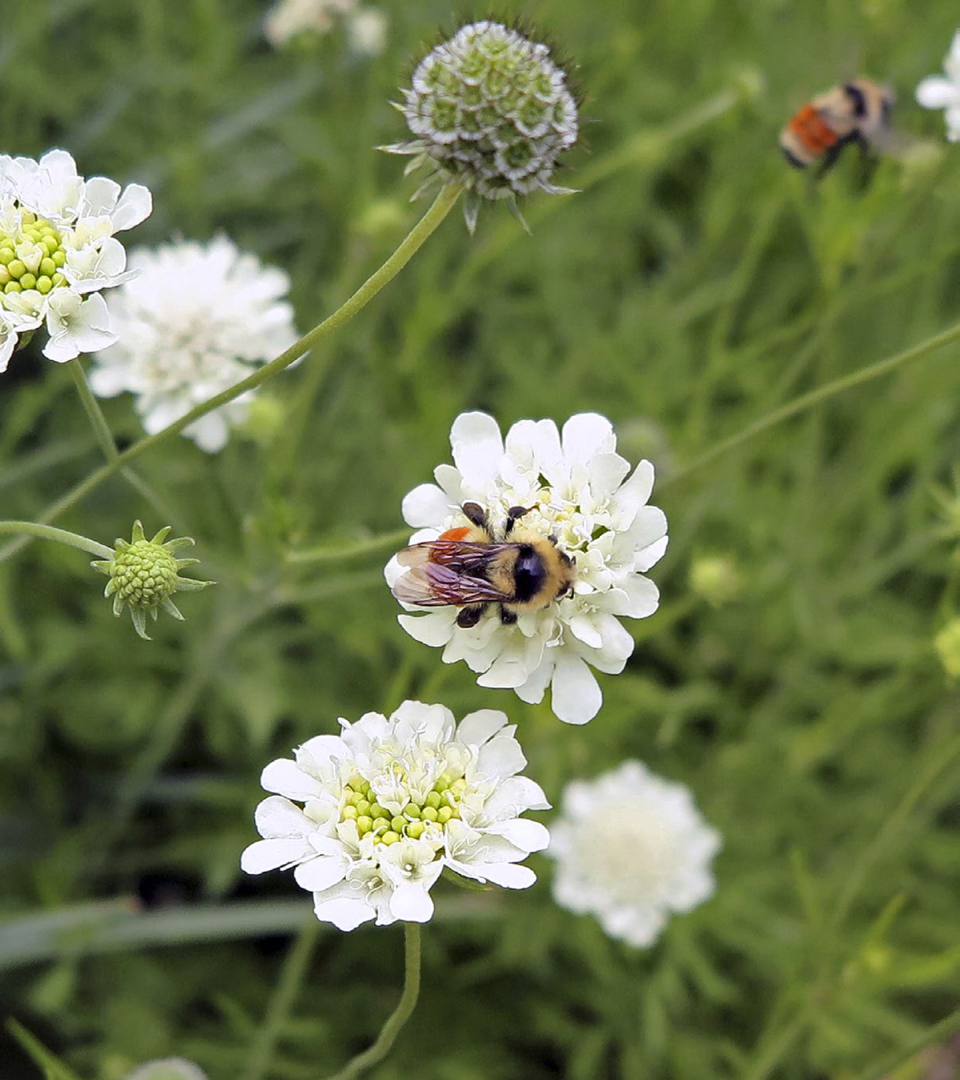
These bees are busy feeding on nectar from pincushion flowers (Scabiosa spp.). They are also moving pollen between the flowers.
Starting with Seeds

Propagating plants from seed is relatively simple and saving seed from your harvest can be an easy and inexpensive way to grow more of your favorite flowers and food. In flowering plants, seed production involves cross-pollination of a flower, the fertilization of the female ovary with male pollen, and the subsequent development of a fruit and seed, which grows a new plant once it germinates.


